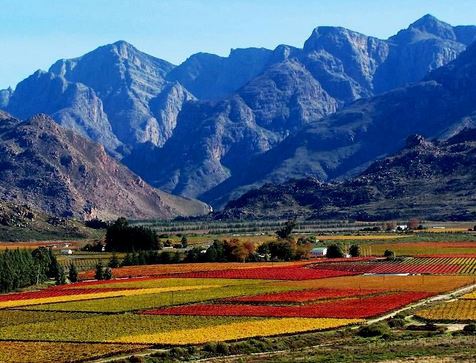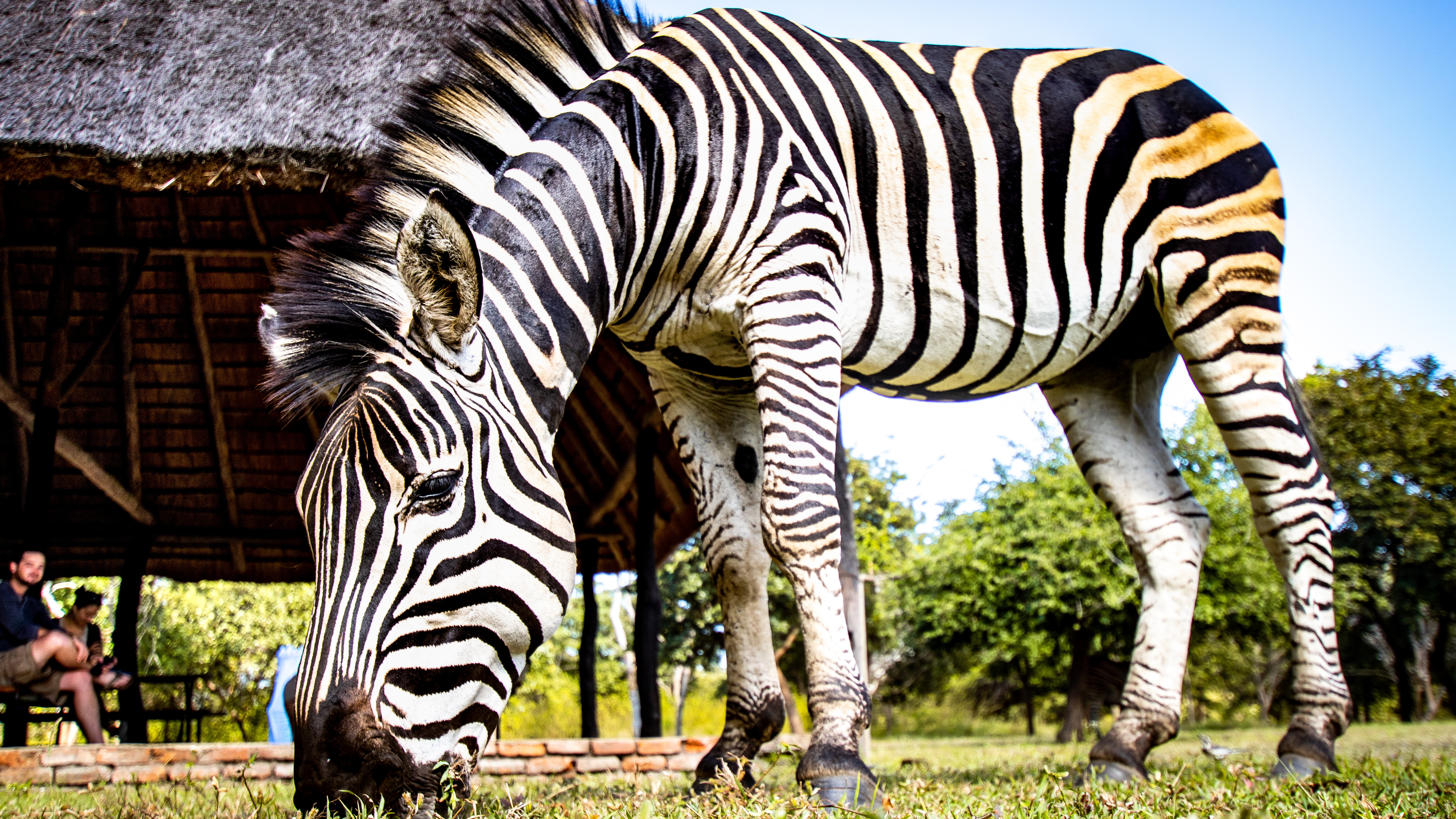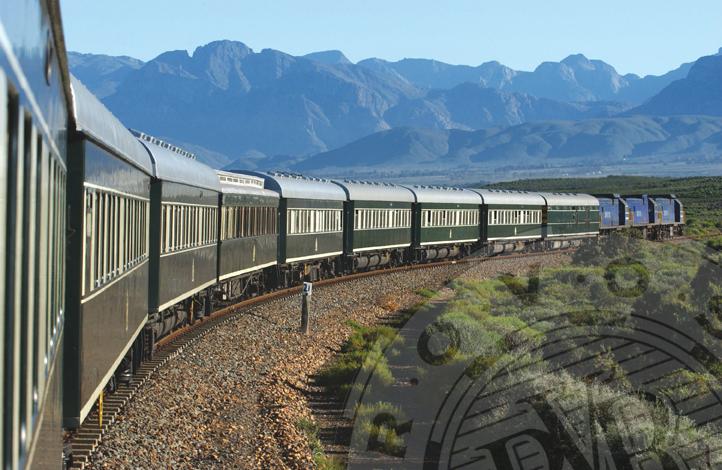Maputo is the capital of Mozambique with a population of around 1.3 million, the city is also called City of Acacias because of the many acacia trees that grow along the streets. The city, which is situated on the Indian Ocean, was a colony of Portugal for a long time and there are beautiful buildings that remind us of that time. Tourists can linger on the wonderful beaches or be enchanted by the beauty of the islands off the coast. The nearest island is Inhaca and is a true paradise with beautiful beaches, friendly people, lots of greenery and dolphins swim off the coast. There are different types of accommodation on the island, including luxury resorts.
For a long time Maputo was known as Lourenço Marques, named after the Portuguese explorer who arrived in the 95 kilometer long bay in 1545. Maputo is 120 km from the border with South Africa and 80 km from the border with Swaziland. The railway line between Pretoria and Maputo that was built in 1895 was important for the growth of the city. Many South Africans spent their holidays along the beautiful beaches and in the luxury hotels.
In 1975 Mozambique became an independent republic, the Portuguese left and that meant that a lot of knowledge also left the country, which would have major consequences for the country’s economy and politics. The freedom movement Frelimo set up a communist system with the help of Russian and East German advisers. This turned out to be a stifling regime in which development stagnated and human rights were violated. In the early 1980s, money was worth nothing and the country was bankrupt. Renamo was a counter-movement of Frelimo and the two caused a civil war that lasted from 1977 to 1992. After this long-lasting war, little was left of the prosperity that Maputo once knew.
When a peace agreement was finally signed in 1992, reconstruction could begin with a lot of support from the United Nations and other countries. In the meantime things are going much better and Maputo is becoming a more modern city and gets a lot of interest from foreign investors.
The climate in Maputo falls under the category: tropical savannah climate. The rainy season is relatively short, from November to March with an average rainfall of 761 mm per year. The hottest month is January with an average temperature of 30 degrees, but peaks above 40 degrees occur. July is the coldest month with 24-hour average temperatures and therefore still very pleasant.
In Maputo you will find a variety of cultures, the Portuguese and the Bantu dominate, but you will also find Arabic, Indian and Chinese influences. Many restaurants have dishes on the menu that stem from the time of the Portuguese government and of course fish dishes cannot be missed in a port city.
Maputo is an interesting city for architecture lovers (or simply beautiful buildings). Many international architects were interested in projects in Maputo, some of which are: the central train station designed by Alfredo Augusto, Lisboa de Lima, Mario Veiga and Ferreira da Costa, hotel Polana designed by Herbert Baker and Casa de Ferro that was designed by late 19th century by Eiffel. Fortaleza Fort was built by the Portuguese in the mid-nineteenth century and now houses a small museum. From 1960 the city was once again attractive to architects and the works of Pancho Guedes in particular were known. Art lovers can visit the Nucleo de Arte and the Museu Nacional de Arte, among others.
A trip that will appeal to every vacationer is a boat trip to one of the paradise-like sub-tropical islands. Diving or snorkeling enthusiasts can explore the beautiful underwater world.
Perhaps you have already seen pieces of Maputo passing by in films, including The Interpreter, Blood Diamond and Ali are partly recorded here.
Add to my travel plans



